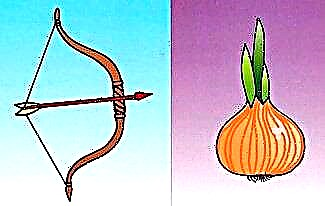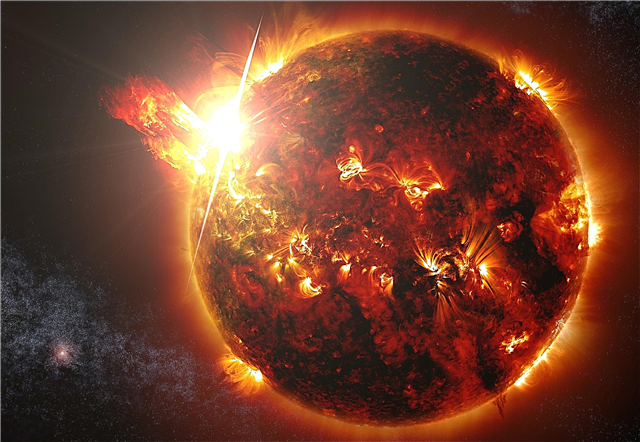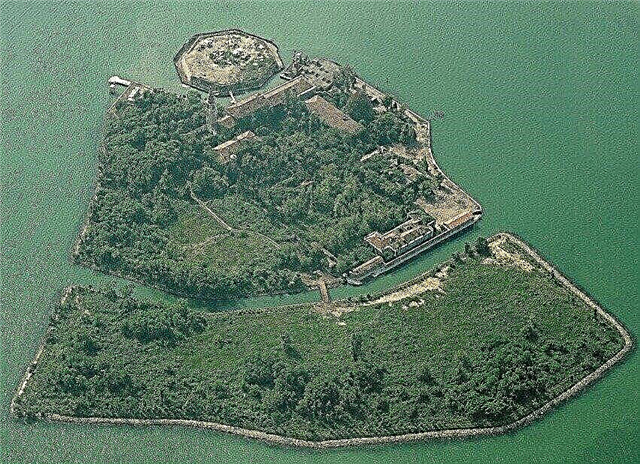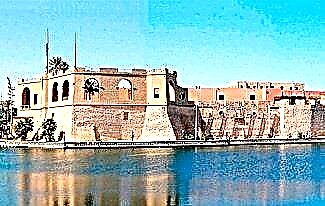The Nazca Lines still cause a lot of controversy as to who created them and when they appeared. Strange designs, clearly visible from a bird's eye view, resemble geometric shapes, even stripes, and even representatives of the fauna. The dimensions of the geoglyphs are so large that it is not possible to understand how these images were drawn.
Nazca Lines: Discovery History
Strange geoglyphs - traces on the surface of the earth, were first discovered in 1939 on the Nazca plateau in Peru. American Paul Kosok, flying over the plateau, noticed strange drawings, reminiscent of birds and animals of enormous size. The images intersected with lines and geometric shapes, but stood out so clearly that it was impossible to doubt what they saw.
Later in 1941, Maria Reiche began researching strange shapes on a sandy surface. However, it was possible to take a photo of an unusual place only in 1947. For more than half a century, Maria Reiche has devoted herself to deciphering strange symbols, but a final conclusion has not been provided.
Today the desert is considered a conservation area, and the right to explore it has been transferred to the Peruvian Institute of Culture. Due to the fact that the study of such a vast location requires huge investments, further scientific work on deciphering the Nazca lines has so far been suspended.
Description of Nazca drawings
If you look from the air, the lines on the plain are clearly visible, but walking in the desert, it is unlikely that you will be able to understand that something is depicted on the ground. For this reason, they were not discovered until the aviation became more developed. Small hills on the plateau distort the pictures, which are drawn by means of trenches dug over the entire surface. The width of the furrows reaches 135 cm, and their depth is from 40 to 50 cm, while the soil is identical everywhere. It is due to the impressive size of the lines that they are visible from a height, although they are hardly noticeable during walking.
Among the illustrations are clearly visible:
- birds and animals;
- geometric figures;
- chaotic lines.

The dimensions of the printed images are quite large. So, the condor stretches for a distance of almost 120 m, and the lizard reaches 188 m in length.There is even a drawing that resembles an astronaut, the height of which is 30 m. the trench seems impossible.
Hypotheses of the nature of the appearance of lines
Scientists from different countries have tried to figure out where the lines point and by whom they were laid. There was a theory that such images were made by the Incas, but research has proven that they were created much earlier than the existence of the nationality. The approximate period of the appearance of the Nazca lines is considered to be the 2nd century BC. e. It was at this time that the Nazca tribe lived on the plateau. In a village belonging to the people, sketches were found that resemble drawings in the desert, which once again confirms the guesses of scientists.
It is worth reading about the amazing Ukok Plateau.
Maria Reiche deciphered some symbols, which allowed her to put forward a hypothesis that the drawings reflect a map of the starry sky, and therefore were used for astronomical or astrological purposes. True, this theory was later refuted, since only a quarter of the images fit the known astronomical bodies, which seems insufficient for an accurate conclusion.
At the moment, it is not known why the Nazca lines were drawn and how the people, who did not possess the skills of writing, managed to reproduce such traces on an area of 350 square meters. km.









